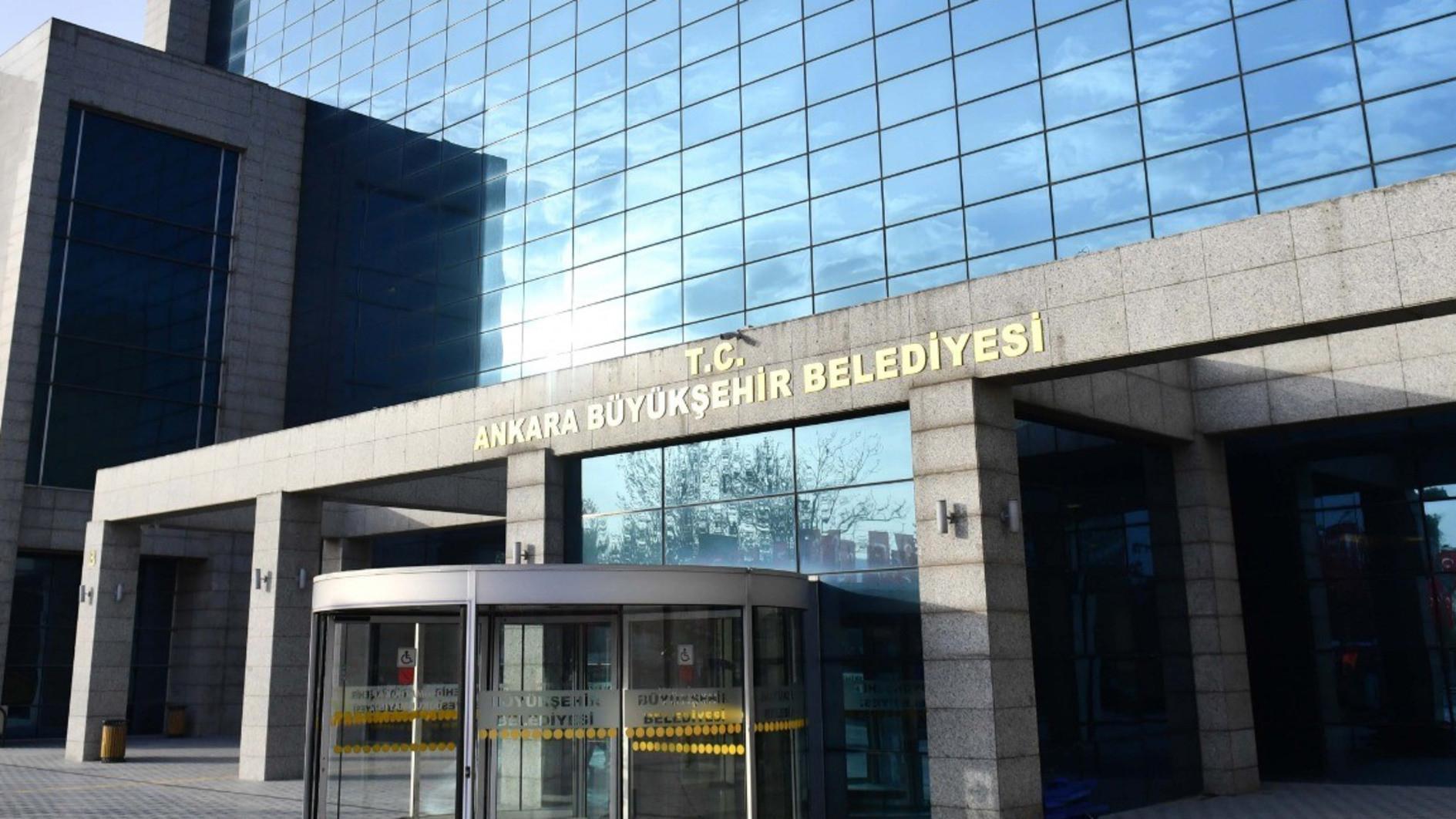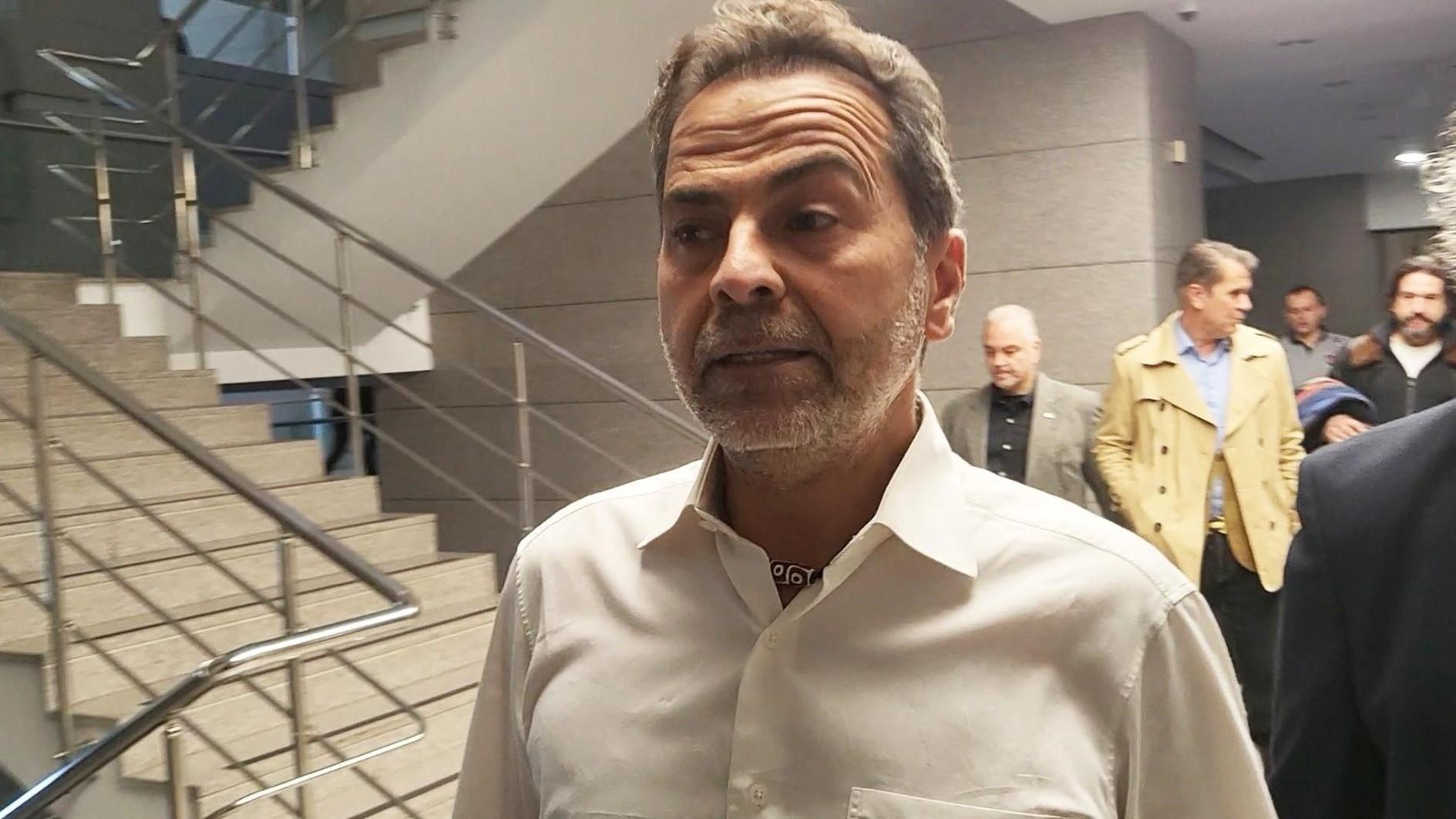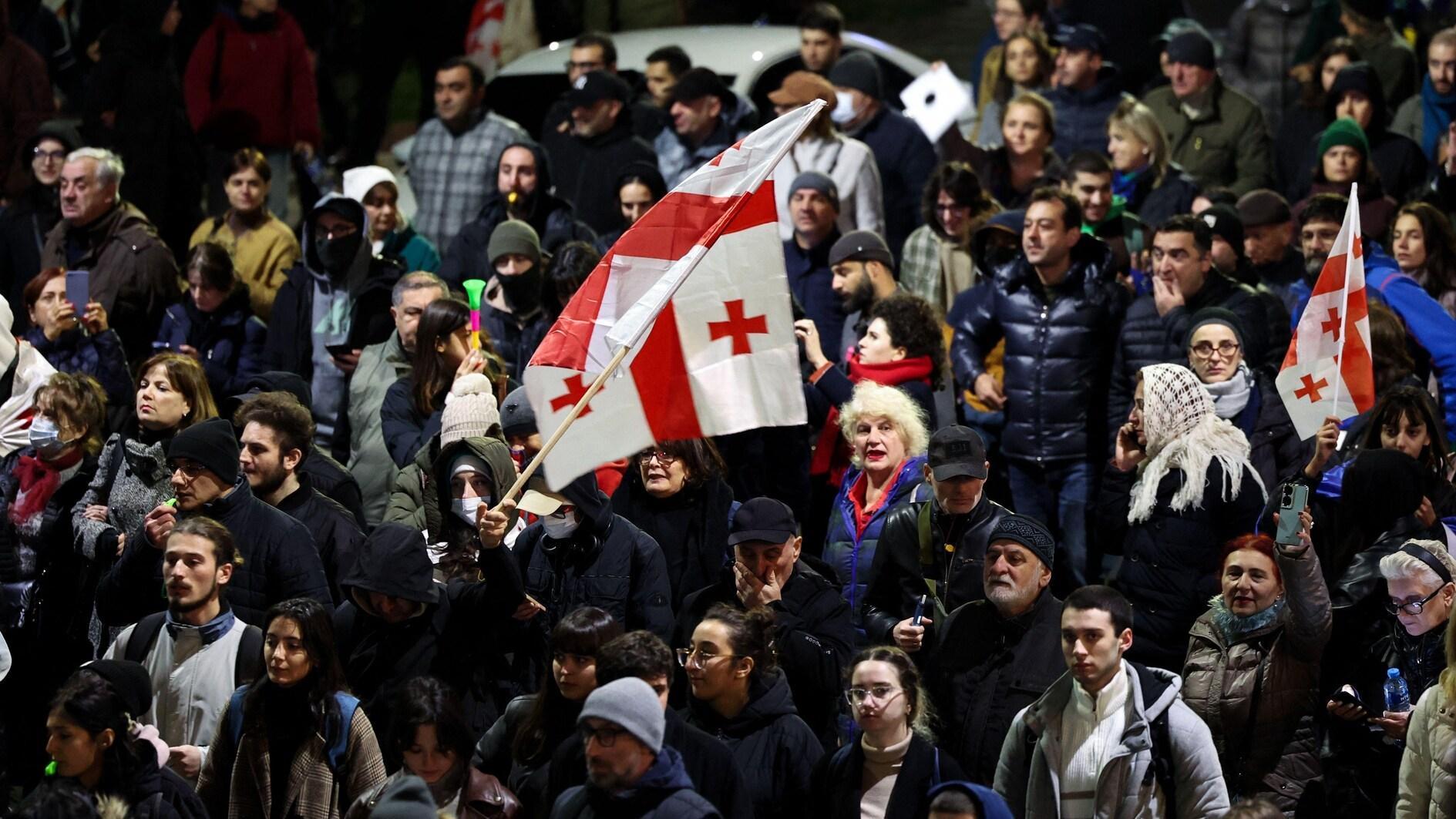Italian pensions suffer
Bloomberg

refid:10713181 ilişkili resim dosyası
Italy did for retirement financing what President George W. Bush could not do in the U.S.: It privatized part of its social security system. The timing couldn’t have been worse.The global market meltdown has created losses for those who agreed to shift their contributions from a government severance payment plan to private funds meant to yield higher returns. Anger is rising both at the state, which promoted the change, and money managers such as UniCredit and Arca Previdenza, which stood to profit.
Seeking compensation
Prime Minister Silvio Berlusconi’s administration is now considering ways to compensate as many as 1.2 million people who made the switch, giving up a fixed return for private plans linked to financial markets. It’s also letting people delay redemptions on retirement funds to avoid losses after Italy’s benchmark stock index fell 50 percent in 2008, destroying 300 billion euros ($423 billion) in wealth.
"The reform didn’t help anyone," said Gabriele Fava, who heads the Fava & Associati law firm in Milan. "Not the government, which was hoping everyone would make the switch to take the strain off its coffers, nor the workers who have not resolved the problem of needing a supplement to their social security pensions."
Italy’s experience shows how difficult it is to solve a problem facing governments from the U.S. to Europe to Japan as populations age and the old system of taxing workers to support retirees becomes unsustainable. Bush failed to persuade Congress to let workers put a portion of their Social Security taxes into privately invested accounts as voter opposition increased.
For a quarter of a century, employers in Italy have paid about 7 percent of each worker’s annual salary into the severance system, called TFR. Workers received lump-sum payouts whether they retired, were fired or simply changed jobs.
Someone earning 80,000 euros a year would receive more than 200,000 euros in TFR after 35 years on the job and more than 60,000 euros after a decade of work. The fund pays a fixed return that aims to exceed inflation.
The program was a tempting target for a government struggling to meet its pension obligations. Italy spends about 14 percent of gross domestic product on pensions, the most in the European Union.
Italy has the EU’s lowest birthrate of 1.3 children per woman. By 2050, the country will have fewer than two working-age people for each person over 65, the lowest ratio in the EU, according to Eurostat, the bloc’s statistics agency.
Previous governments adopted measures to lower pension payouts and force workers to retire later. Benefits will drop to as little as 30 percent of a worker’s final salary from about 75 percent now, creating an incentive for Italians to seek higher returns by moving severance funds into a complementary plan.
Irreversible mistake
Gaetano Turchetta, a Rome office manager, made the irreversible move to a private plan after a union representative boasted of the potential for 20 percent annual returns. The 43-year-old father of three now says he would sign with "two hands and two feet" if he could switch back.
The TFR plan was meant to dent Italy’s risk-averse culture and lure more people to investment funds, said Biagio Masi, head of Banca Sella’s insurance unit, who called the shift a "world-shattering change in mentality."
Eight percent of Italians invested in stocks in 2008, half the level of 2002, according to an Oct. 30 report commissioned by Acri, the country’s savings bank association. About 80 percent favored keeping their savings in the bank and 25 percent have a private pension or life insurance, the report said.
Money managers such as UniCredit and Arca Previdenza, the biggest pension fund manager, lobbied customers to make the change, seeing it as an opportunity to kick-start a moribund fund management industry.
Funds under management in Italy have shrunk by a quarter in the past seven years, according to the Bank of Italy. The value of pension funds is equal to about 3 percent of GDP, compared with more than 90 percent in the U.S.
Even with full-page newspaper ads, billboards and telephone hotlines spurring Italians to switch, only 1.2 million people, or 10 percent of the eligible private-sector workers, chose to give up the TFR for private plans before the June 2007 deadline. Lawmakers approved the reform at the end of 2006.
Italy’s benchmark stock index has fallen 53 percent since the switchover. Last year was the first time since 2003 that TFR outperformed private plans, with workers guaranteed a return of 2.8 percent in the 10 months through October. The average return for private, non-union pension plans ranged from a gain of 2.6 percent for fixed-income funds, to a decline of 24 percent for stock funds.
















